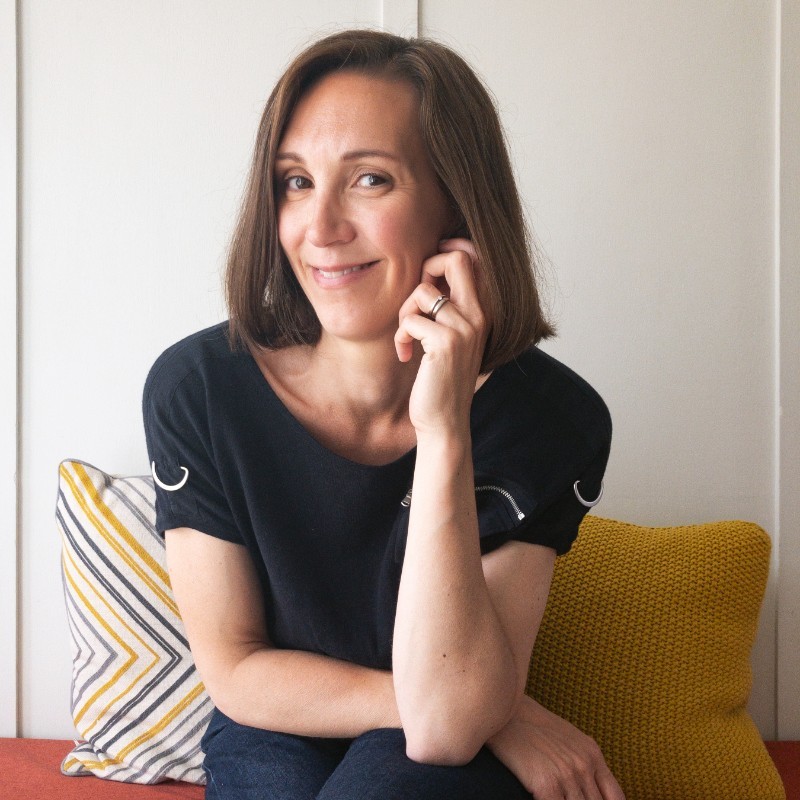Clemency Wright
 What companies/organizations have you worked for as a DAM professional? What was your role at each?
What companies/organizations have you worked for as a DAM professional? What was your role at each?
My first DAM role was Search Data Editor (or ‘Keyworder’) at Getty Images (2004). I keyworded images from the Tony Stone collection and 3rd party contributors such as The Image Bank and Telegraph Colour Library. I then became a Search Vocabulary Editor, responsible for creating and editing Getty’s controlled vocabulary for the customer-facing website.
In 2006 I joined V&A Images as Account Executive, where I worked client-side researching images for design and advertising clients. Whilst there, I helped create the Keywording schema for digitised images from the museum’s collection of over 5m objects. After relocating from London to Newcastle in 2008, I went freelance before setting up Clemency Wright Consulting in 2013. My role now involves consulting with creative, commercial and non-profit organisations on Keywording and Metadata strategy.
I’ve recently created controlled vocabularies for The Art Fund and Save The Children, as well as providing Keywording training workshops to a variety of industry professionals and Universities.
How do you describe Digital Asset Management to others?
It helps to put it into a context people will understand. Most people use search engines like Google, and so I often use this to explain what Keywords are, how they work, and why they’re important. Another useful analogy is to describe DAM as a type of library. But instead of organising books, we organise files (including images). And instead of those files being physically located in a library, they are accessed online using Keywords.
My standard definition might be: “DAM is a collection of systems and processes designed to store and accurately classify content so that relevant results can be retrieved by an end user.”
What’s the most important thing for someone new to DAM to understand about DAM?
There are a few important things to understand:
- DAM is not a solution; it is a framework within which to develop and iterate your content strategy
- DAM is never done; it needs to adapt and respond to changes in your content and market
- DAM cannot really be “owned” by an individual, team or organisation. It should be user-focused. An “agile” project management style is more appropriate for DAM
- DAM connects people with content. Keywords are the “fuel” in your search system, so Keywording Strategy should be considered very early on in the DAM process
If you weren’t doing DAM as a career, what would you be doing?
I studied Arts Administration for my Masters, because I wanted to be an Art Historian or Curator. I still love the Arts but have become more interested in how the Media impacts on everyday life for everyday people. So maybe I’d be a researcher or writer. I’d spend my time studying the way we consume visual content and use this to help inform creative direction in the Media to promote positive change.
What more would you like to learn about DAM?
My goal is to make search better for as many people as possible. I plan to stay focused on Keywording, and not stray too far from this or diversify into too many new areas, as this would dilute my service. Instead, I’m currently seeking collaboration with DAM vendors and solutions providers that really value Keywording and the benefits it has for end users, and become involved earlier on in the User Experience stage of DAM development.
Clemency is owner of Clemency Wright Consulting – http://www.clemency.co.uk/ You can also connect with her on LinkedIn – https://www.linkedin.com/in/clemencywright/
This interview was published in DAM News on 17th November 2021. For more DAM News interviews, see the interviews index page.
Share this Article:
